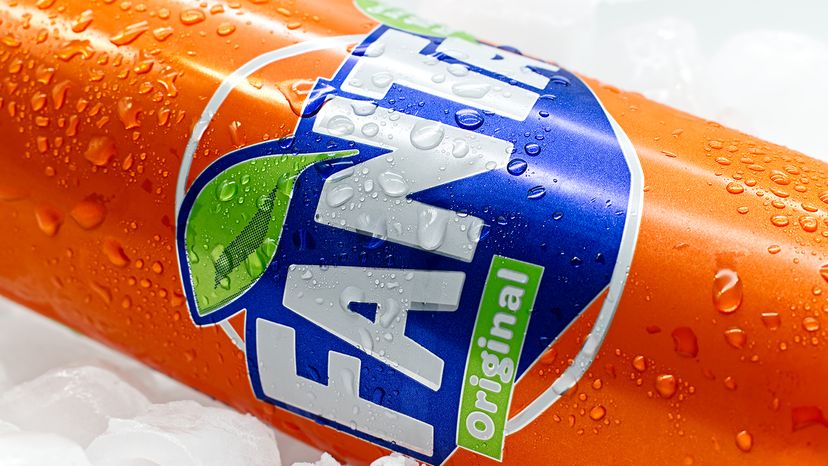To properly tell the story of Fanta, we have to start with its parent company, Coca-Cola.
"Coke," as it would later be known to billions of soda drinkers, was invented by a morphine-addicted Civil War veteran in 1886. Dr. John Stith Pemberton, a chemist and doctor who worked in the antebellum Georgia, was originally looking for an alternative analgesic to the opiate he'd become dependent on after his war injury.
The original formula included coca leaves and kola nuts, both of which contain stimulants. Cocaine, made from the leaves of the coca plant, has become an infamous prohibited substance — but way back in the 19th century it was known as a valuable medicine, especially for certain kinds of pain. (The kola nuts, on the other hand, contain caffeine).
Coca-Cola's popularity was also boosted by adults switching to nonalcoholic beverages during prohibition (the term soft "soft drink," coined then, means nonalcoholic).
And so, a soft drink was born: Originally sold as a concentrate that would be diluted with sparkling water at drug store soda fountains, Coca-Cola was both soothing and tasty.
